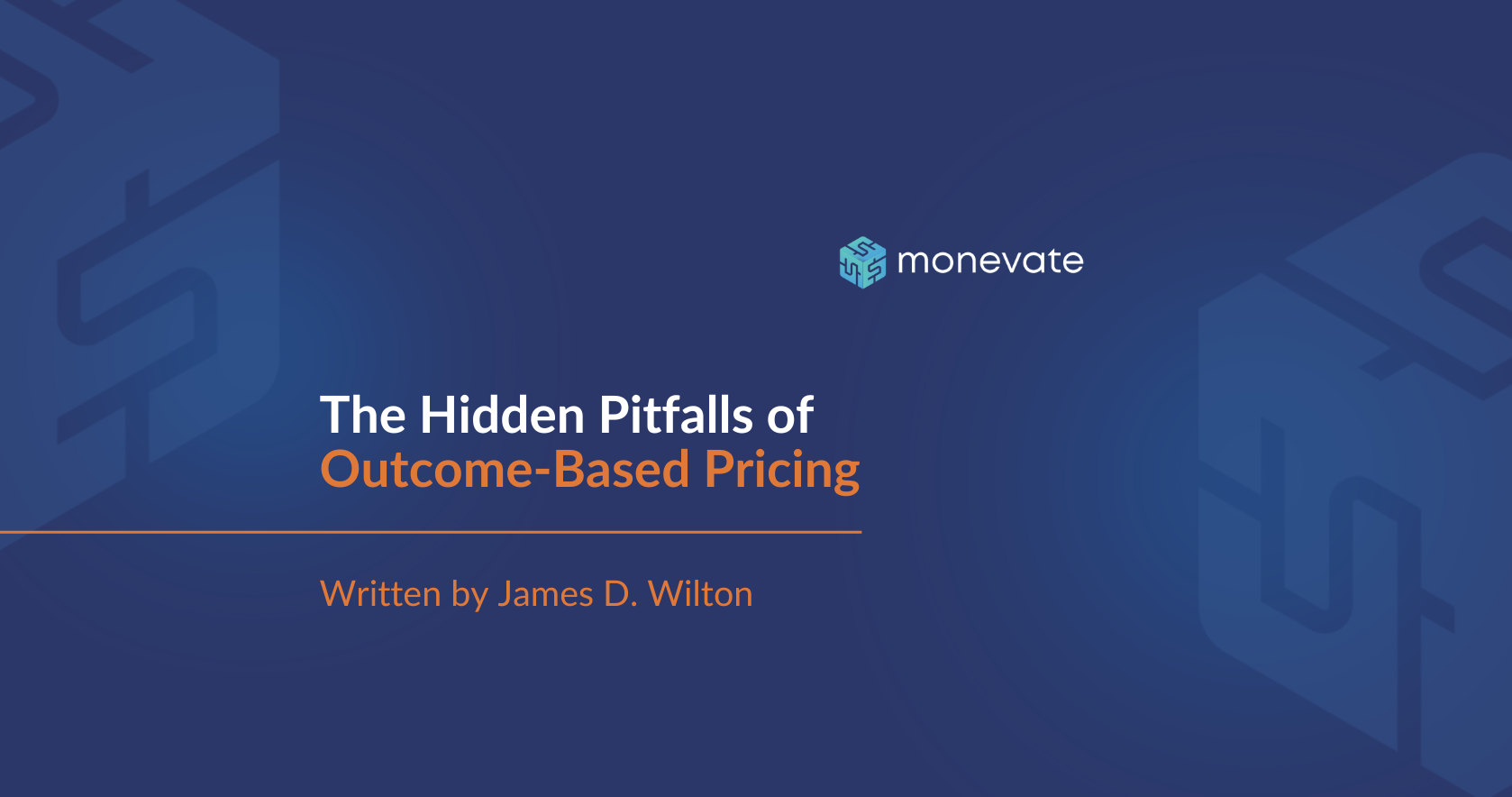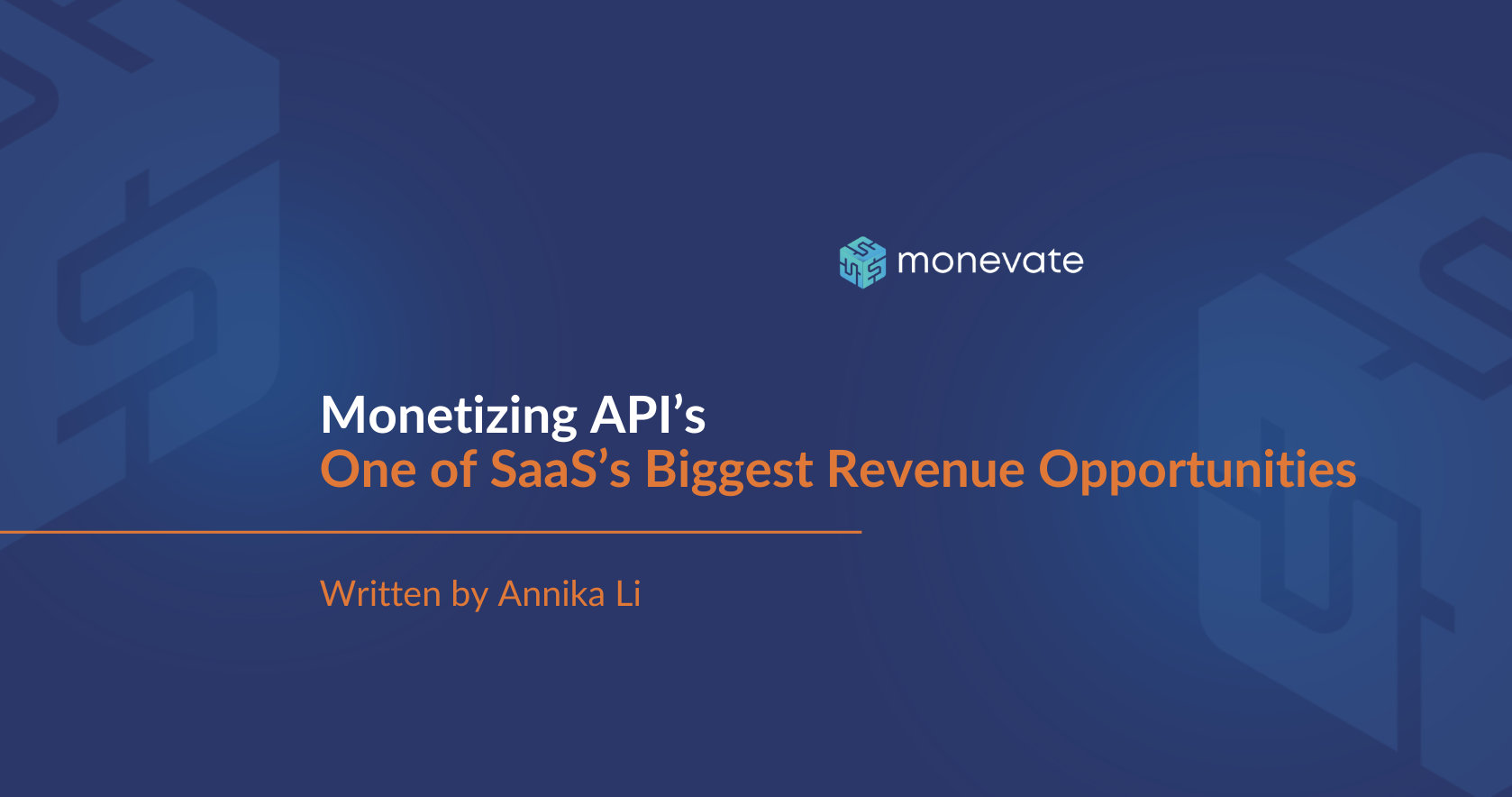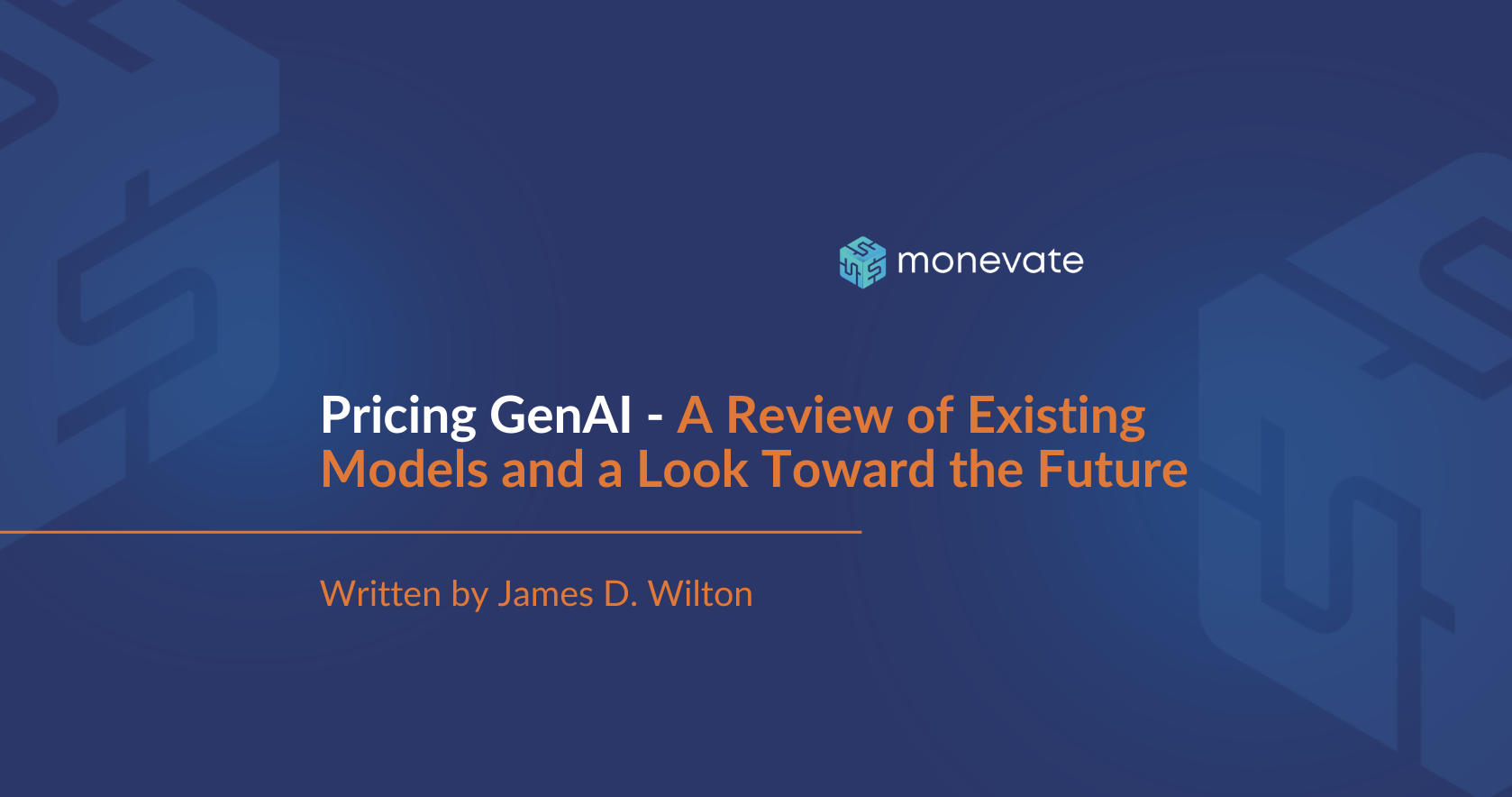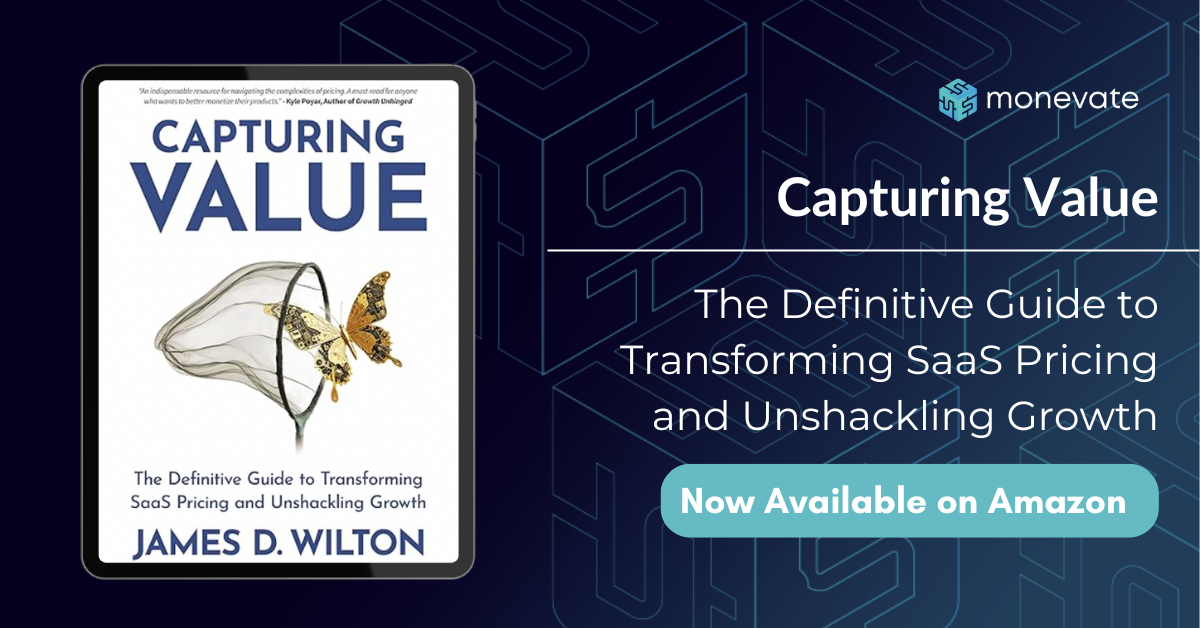How to Move from Billing Per Hour to Project-Based Billing
Loved seeing this post on “Saying goodbye to the billable hour” in legal firms from Alice Stephenson. It is certainly true, in my opinion, that the billable hour pricing that lawyers (and many professional services firms, actually) follow is full of friction. And, for clarity, it’s the strict itemization and charging for every unit that causes the friction, rather than the underlying mechanics.
One particular past legal bill I received sticks in my mind. The price felt ok to me at a first glance. But then I opened the invoice and saw 15-minute bills for people I spoke to for maybe 5 minutes, tasks that I felt should have taken an hour that took over 2 etc. etc. In other words, the price structure – the justification for the total price – had made turned me against a price point that I otherwise would have felt ok with!
In professional services, we are in a difficult position where we have high costs, and that costs are driven by labor hours. It makes complete sense, in principle, to align our monetization with that unit of cost. But here’s the rub: customers don’t care about how long your worked – they care about the output.
The answer is to move to more of a project-based billing system, where you charge a fixed fee for a certain output, regardless of how long it takes. There are big benefits here, not least because we avoid the feeling of “nickel and diming” for time. In our experience, there are a few things that you need to do this well:
Understand your costs: Make no mistake – even when you move to project-based billing, you are still monetizing time and resources – just not explicitly. And, above all else, you need to cover your costs, which means need you need to understand them intimately. For all your “levels” of resource, based on their salary, benefits, expenses, and average utilization, figure out the cost of a billable hour and go from there.
Create a workload buildup for each typical “project”: For each typical project, based on the expected duration, hours per week of people from different levels etc., you should understand the number of hours of work required. Plan for the usual case here, not the “best” case. Needless to say, this will need to start with an analysis of previous projects.
Set a markup based on value AND unpredictability: Your underlying rates in this model will likely be higher than your rates in your bill-per-hour model (don’t worry – if you do this right, your customers need never see them). That’s because in addition to marking up your costs based on the value that you add, you also need to include buffer to account for the amount of uncertainty in your workload per project. For example, project A might usually be completable with 30 hours of work, but how often could it run to 35 hours? 40 hours? Your markups should be set so that while across multiple projects on average you might work slightly longer hours than you (implicitly) bill for, you are still covered. And yes – this means you might have different markups for the same resources on different types of projects, as some projects will be more value-added than others, and some will have more predictable workload.
Build T-shirt sizing – while project-based pricing necessitates standardization, standardization doesn’t always mean “one size fits all.” If there is a lot of variation in the number of hours required for a certain project type, and that number of hours scales with characteristics of the project or client, then you can use that to build simple small\medium\large sizes to match these situations.
Set up your Tracking – workload forecast accuracy will translate directly to profits in this model, so you should strengthen this muscle. Monitor every project and refine your estimates of the number of hours required for each project type over time, and your markups based on the change in uncertainty.
Ditch the itemized billing – hourly billing necessitates complete transparency on hours works and hourly rates. The benefit of the project-based model is that it requires neither. You might give a customer an idea of who’s working on the project and the rough hours/days per week, but the overall price should be blended, and never broken out by individual resources. Is this going to be an easy transition? Probably not. You will need to build the discipline around this and have clear messaging. But if you can do it, you will have shifted the conversation from paying for time to paying for value / output, which is a much better place to be.
Change your Mindset – in this model, you really need to move from a mindset where you maintain a certain profit margin on every project and every billed hour of work to one where you are willing to make less (sometimes maybe even make a loss) on individual projects in order to make more overall.
If you’re looking to make such a transition and would appreciate guidance, contact us – we have tools and templates for this type of pricing that can be helpful for the transition.














